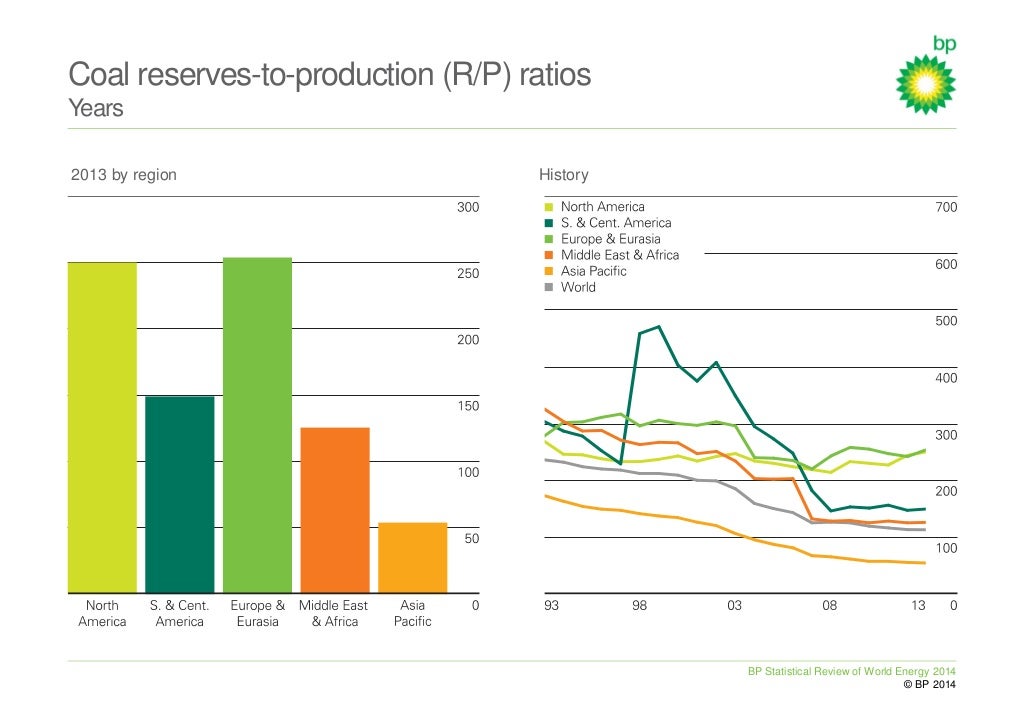

* the oldest iPhone model still receiving security updates launched seven years ago * the oldest model supported by this year's iOS launched five years ago To get empirical, checking the current totals: So to do so would be entirely unprecedented. To date it has decided that "you can't use your old one anymore" exactly zero times. Īpple is a company with a 43-year history. So if you're foolish enough to squander your hard-earned (in theory) money on Apple's new computers, in a year and a half when Apple releases a small, incrementally-improved one, and decides you can't use your old one anymore because. Apple should (hopefully will) address this sooner than later because their announcement to move to ARM does impact those users significantly too. It's great for the low end Macs (which are admittedly the majority), but doesn't prove anything for desktop power users yet. Maybe I'm just overly cynical, but I don't find anything especially surprising about this initial fare of M1 Macs given Apple's recent iPad releases.
#ISTATISTICA REVIEW MAC#
I wish they'd at least put out a Mac Mini that had the same memory and ports ceiling as the model it replaced. We already knew those would do great once removed from the constraints of handheld form factors. Honestly, that's what I personally expected Apple to prove to some extent with this event but we essentially just got unfetterd mobile chips and lost half the ports we had.

I don't find these comparisons to Intel/AMD convincing because the overall system architecture is so different and at present at least Apple has sacrificed a lot (expandability being the most obvious) that we expect from computers.
#ISTATISTICA REVIEW PRO#
But how far can that design even go and how much would the M1 lose if, say, the memory was split out? I don't imagine stuffing the 1.5 TB of memory the Mac Pro supports onto the SoC is feasible in die space alone, forget the thermal and power limitations it would impose. Isn't anyone else concerned about how far things like onboard memory is scalable, especially once this moves into desktop territory? It seems like a lot of advantages the M1 has over traditional CPUs comes from having everything on a single package.


 0 kommentar(er)
0 kommentar(er)
